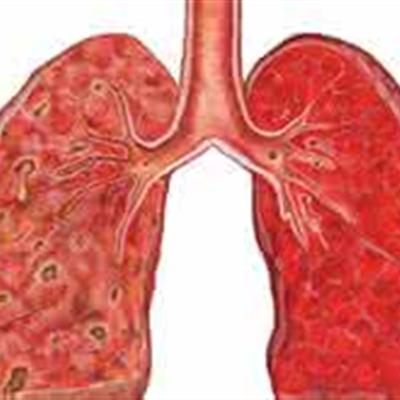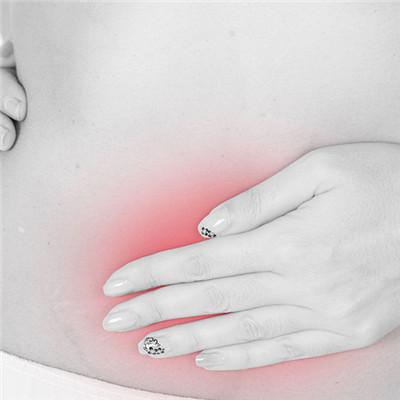The earliest symptoms of influenza
summary
Influenza is an acute respiratory tract infection caused by influenza virus, and it is also a disease with strong infectivity and fast transmission speed. It is mainly transmitted through droplets in the air, contact between people or contact with contaminated objects. Typical clinical symptoms are: acute high fever, general pain, significant fatigue and mild respiratory symptoms. Generally, autumn and winter is the high incidence period, which causes serious complications and death. The disease is caused by influenza virus, can be divided into a (a), B (b), C (c) three types, a virus often occurs antigen mutation, infectious, spread rapidly, easy to occur large-scale epidemic. A H1N1 is also a type A. The disease is self limited, but in infants, the elderly and patients with cardiopulmonary diseases, it is easy to complicate pneumonia and other serious complications, leading to death. The earliest symptom of influenza? Let's talk about it
The earliest symptoms of influenza
Simple influenza often suddenly onset, cold and high fever, body temperature up to 39 ~ 40 ℃, with headache, muscle and joint pain, extreme fatigue, loss of appetite and other systemic symptoms, often throat pain, dry cough, nasal congestion, runny nose, sternal discomfort. Her face was flushed, and her conjunctival outer canthus was slightly congested. If there is no complication, it is a self limiting process. After 3-4 days of onset, the body temperature gradually subsides and the general symptoms improve. However, it usually takes 1-2 weeks for cough and physical recovery. Mild influenza is similar to common cold. The symptoms are mild and can recover in 2-3 days.

Pneumonia type influenza is actually complicated with influenza virus pneumonia, which is more common in the elderly, children and people with original cardiopulmonary diseases. The main manifestations were persistent high fever, severe cough, hemoptysis or purulent sputum, shortness of breath, cyanosis, and moist rales in the lungs. Chest X-ray showed scattered flocculent shadows in both lungs. No pathogenic bacteria were found in sputum culture, and influenza virus could be isolated. May die of respiratory and circulatory failure.

In addition to fever, gastrointestinal influenza is characterized by vomiting, abdominal pain and diarrhea. It can recover in 2-3 days. Toxic influenza presents severe symptoms such as high fever, shock, respiratory failure, central nervous system damage and disseminated intravascular coagulation (DIC), with high mortality.

matters needing attention
1. During the fever period, patients should be ordered to rest in bed, drink more boiled water, regularly monitor their body temperature, and take Yinqiao Jiedu Tablets, Sangju Ganmao tablets and other proprietary Chinese medicines or anti viral drugs; 2. For patients with obvious pain or headache, help them to take comfortable position, and take antipyretic and analgesic drugs when necessary; 3. Patients with pulmonary inflammation or cardiopulmonary insufficiency should be closely monitored for vital signs. Patients with dyspnea or cyanosis should be placed in a semi supine position, given oxygen inhalation, timely removal of respiratory secretions, strengthening supportive treatment, and paying attention to the maintenance of cardiovascular function. Effective antibiotics or hormones can be used for the treatment of obvious poisoning symptoms;










